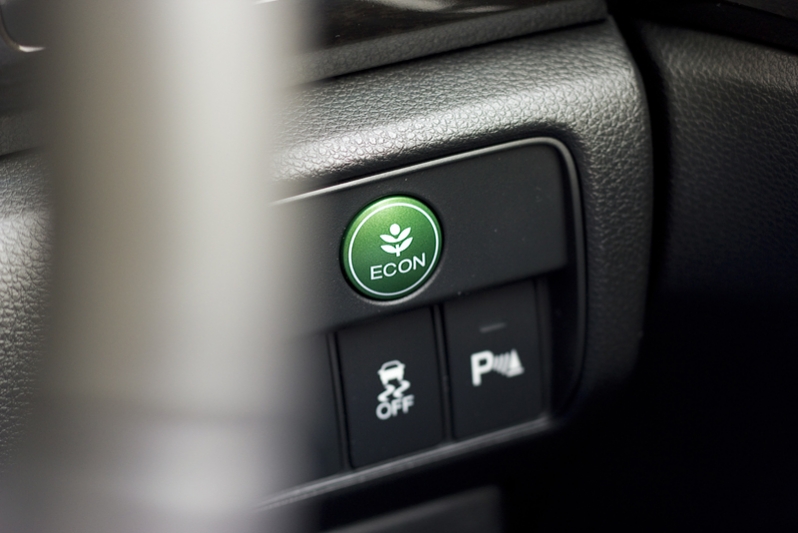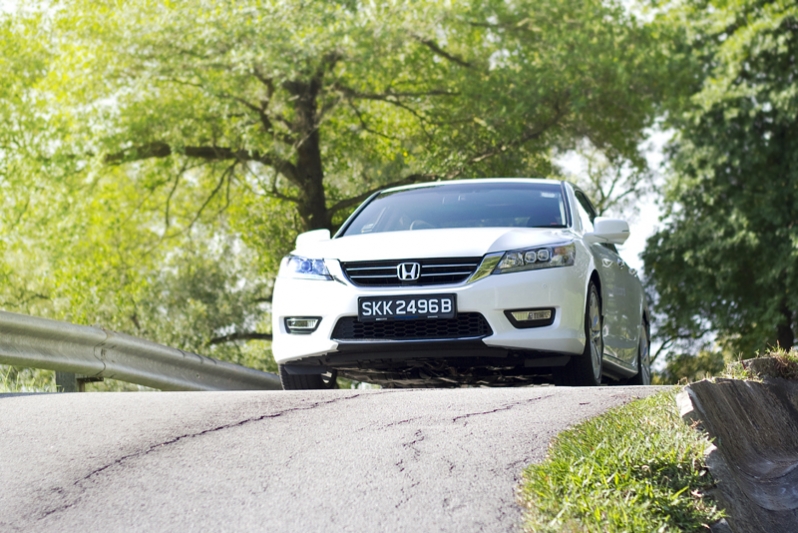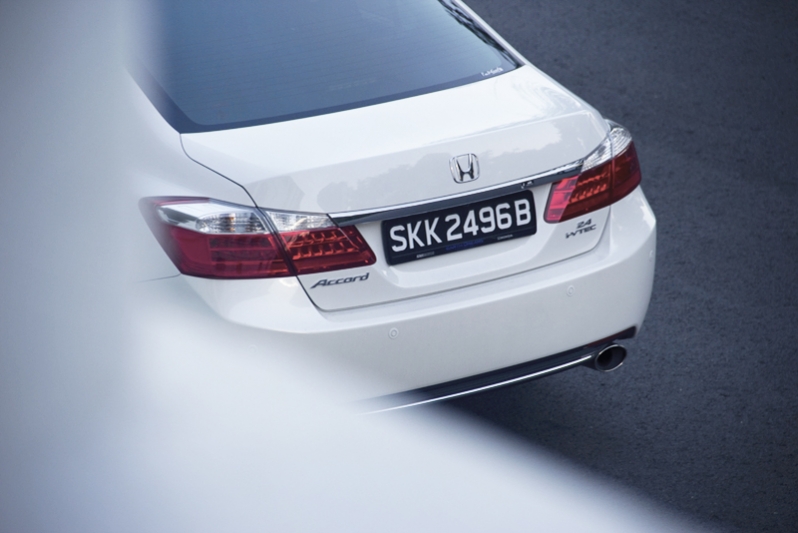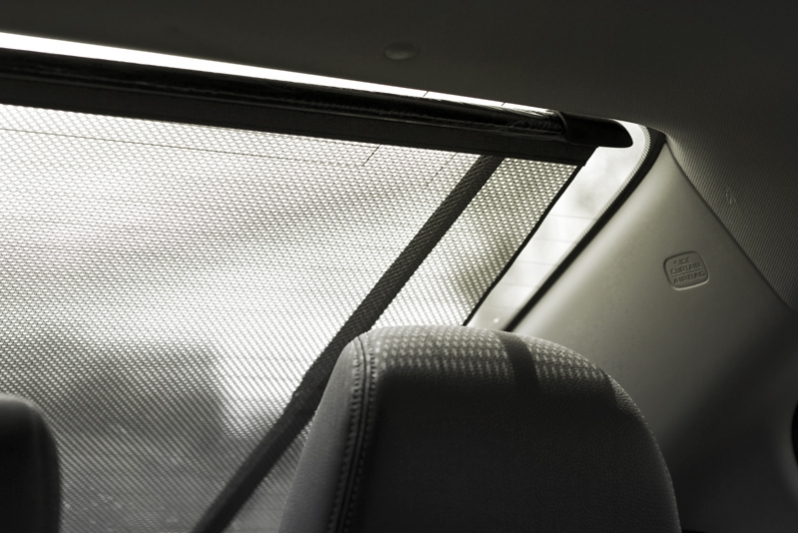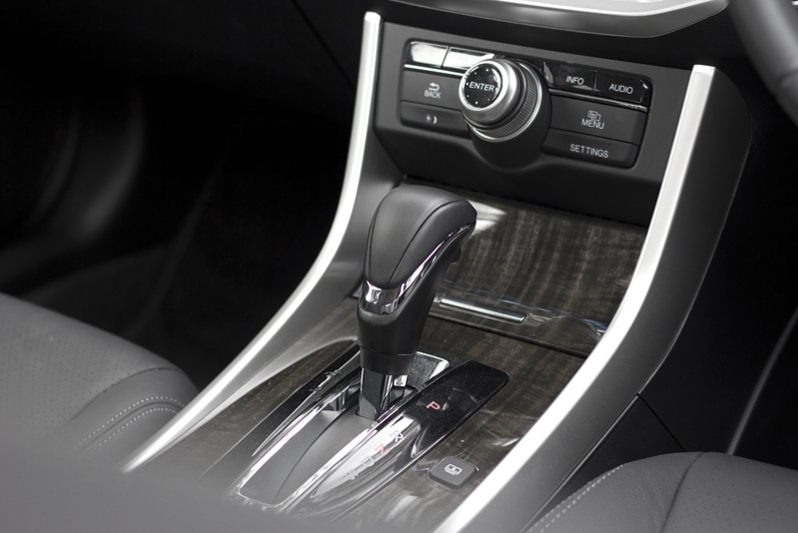Honda’s much vaunted big sedan makes a return to the mix, bringing a fight to the competition.
As compared to the outgoing model, the ninth generation Accord was subjected to some slight re-engineering, making the new car slightly smaller in dimensions, but that serves little to affect the car’s offering of a generous interior, in which the car’s roomy interior makes it quite possibly one of if not the biggest in its class.
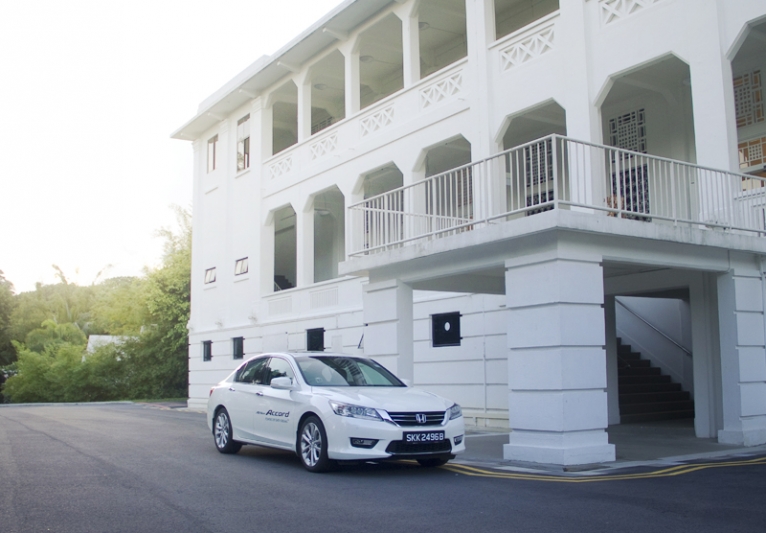
For the exterior, albeit shorter by its predecessor by some 75 millimetres, the ‘reshelled’ Accord is still considered to be quite a big car, with a length of nearly five metres long and a width that is approximately 1.8 metres. In terms of design, not much has been changed, save for a few minute changes to the front and rear lights, and the introduction of LED Daytime Running Lights to the front.
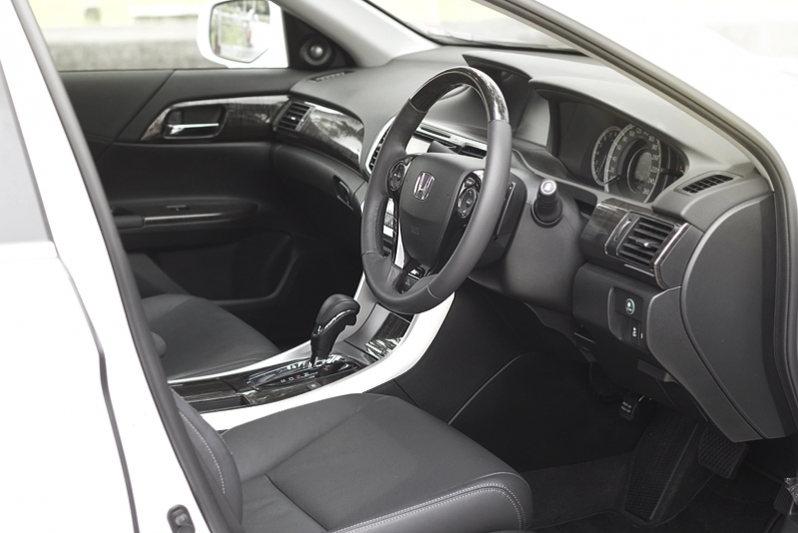
Interior wise, the new Accord as mentioned earlier, presents the case of it being one of the most spacious in its class, offering a cavernous interior with generous amounts of head and leg room for the front and rear passengers alike, as well as niceties such as binds for the rear windscreen and windows, electric front seats and more. Boot space is also larger than before with maximum volume having increased by approximately 28 litres, and according to Honda, the boot is able to fit four golf bags with ease, with a full size spare tyre beneath the boot floor.
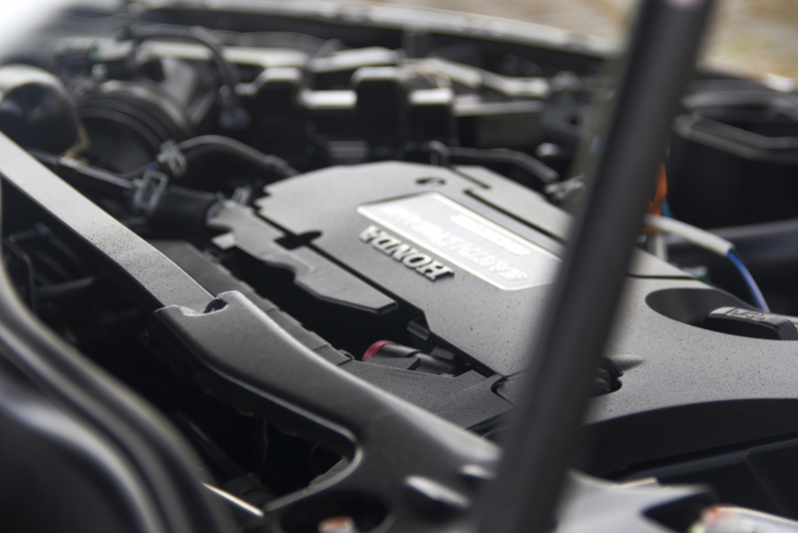
For performance, the new Accord manages to impress despite its size, with much of it attributed to the car’s light and precise steering. Featuring a 2.4-litre engine mated to a five speed automatic transmission, the car cranks out 175 bhp and 225 Nm worth of torque, and goes from zero to 100 km/h in 10.5 seconds. When navigating corners, the car responds well to steering inputs, but there is still noticeable body roll which I would associate with the car’s sizeable heft.
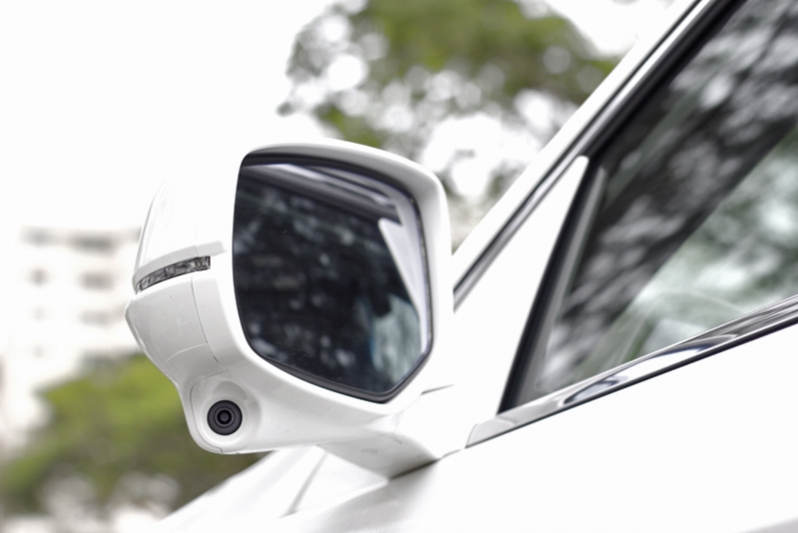
There’s also one interesting point to note about this car; upon indicating left with the signal stalk, the car’s display unit would automatically display the road conditions of the driver’s left via a built-in camera located on the base of the left side view mirror, allowing the driver to ascertain if it is safe to change lanes. This function can also be made permanent with the push of the manual control button located at the end of the signal stalk. Known as Honda LaneWatch, this nifty technology helps eliminate blind spots, and is definitely a winner for the brand in terms of safety features.
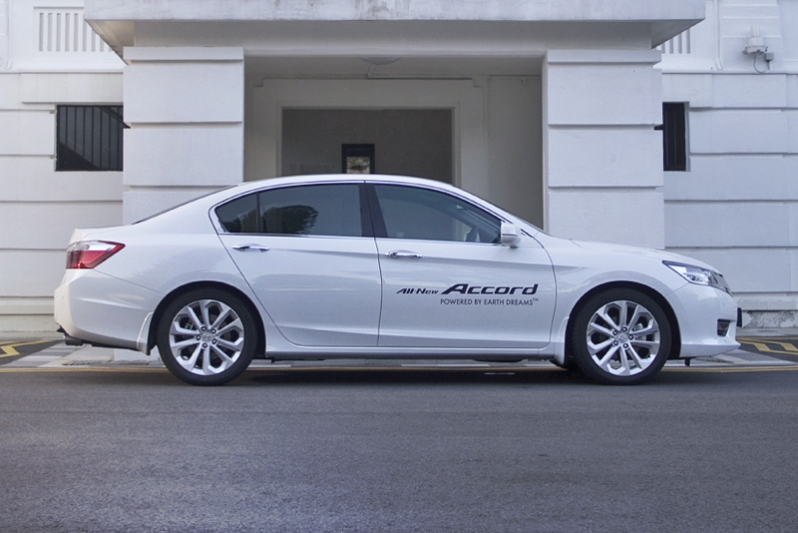
With a rather conservative take to its ‘redesign’, the new Accord closely resembles its outgoing predecessor, and coupled with the current car pricing climate serves little to help in the brand’s fight to regain market share. The undeniable fact however, is the car’s luxury, quality and comfort. One can complain about the car’s lack of verve in aesthetics, but the car manages to compensate for its lack of style with a relatively large dollop of substance. But the brand would have to do more to win the hearts of the younger buyers, especially when entry-level German cars are readily available and priced competitively; the car would however fare better against the likes of other big Japanese sedans in its class.
